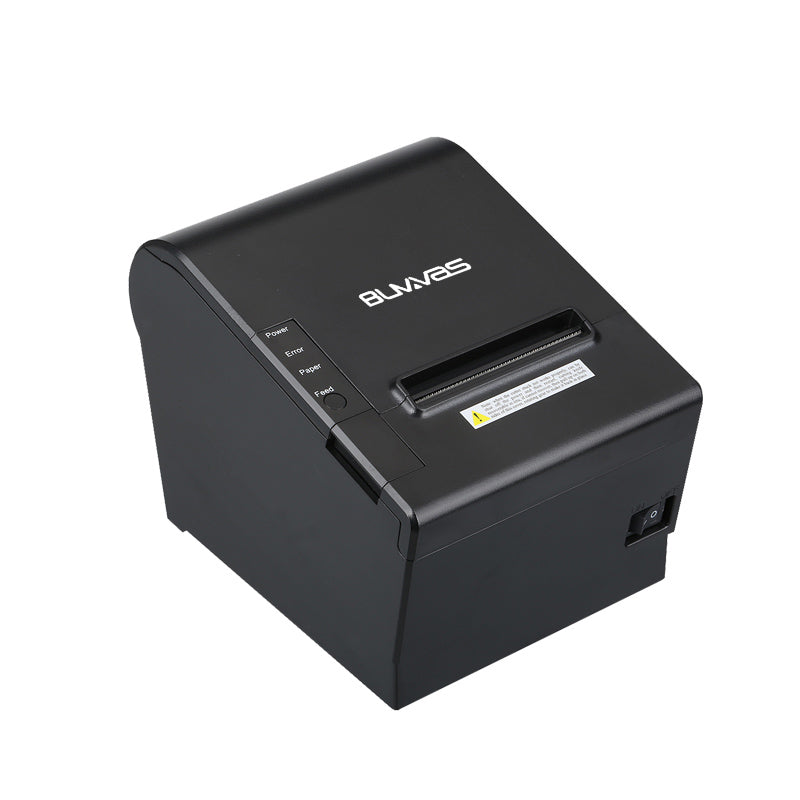
Why 2D Barcode Scanners Are the Future of Inventory Management in 2025
Share
In 2025, managing inventory is no longer about manual counting or relying on outdated tools. Businesses are shifting toward smarter, faster, and more efficient inventory management solutions. One of the most game-changing upgrades? The 2D barcode scanner for inventory.
Introduction: The Rise of Smart Inventory Management
As the retail and warehouse industries expand, the demand for better accuracy, real-time tracking, and simplified bulk operations is at an all-time high. Traditional 1D barcode systems have served well for decades, but they come with limitations in storage capacity, scanning angles, and overall efficiency.
Enter the 2D barcode scanner – a powerful upgrade reshaping how businesses manage their stock.
What is a 2D Barcode Scanner?
A 2D barcode scanner reads codes such as QR codes, Data Matrix, and PDF417. Unlike 1D barcodes (which are linear and limited in data), 2D barcodes store more information and can be scanned from any angle.
These scanners use imaging technology (rather than a laser) to capture the entire barcode in one go, improving speed, flexibility, and data accuracy.
Difference Between 1D and 2D Barcode Scanning
| Feature | 1D Barcode Scanner | 2D Barcode Scanner |
|---|---|---|
| Data Capacity | Limited (alphanumeric) | High (text, URL, numeric, etc.) |
| Orientation | Requires specific angle | Omnidirectional |
| Scan Speed | Moderate | High-speed scanning |
| Image Capture | No | Yes (can scan damaged or tiny codes) |
| Barcode Types | UPC, EAN, Code 39 | QR Code, Data Matrix, PDF417 |
2D barcode scanner for inventory systems simply delivers more for today’s fast-moving businesses.
Why the Shift from 1D to 2D?
1. QR Codes Are Everywhere
QR codes have become common in invoices, product packaging, and logistics labels. They store URLs, tracking numbers, pricing details, and more. A 2D barcode scanner for inventory easily captures this data in one scan.
2. Real-Time Data Sync
2D scanners paired with modern inventory software allow real-time data updates. Stock levels, order picking, and restocking get automatically synced to the system, reducing manual work.
3. High Accuracy in Bulk Scanning
Supermarkets and warehouses often deal with bulk items. 2D scanners can capture dense barcode patterns with minimal errors. This means faster billing and stock intake.
4. Improved Operational Speed
No need to align the barcode precisely. 2D scanners work at multiple angles, scanning damaged or smudged labels as well. This improves efficiency and user convenience.
5. Greater Data Security
Some 2D codes include encrypted data and tracking IDs, offering enhanced product traceability and reduced counterfeiting.
How 2D Barcode Scanner for Inventory Improves Retail Operations
Retail Stores
- Faster Checkout: Speeds up billing at POS terminals.
- Loyalty and Rewards: Scanning QR-based loyalty codes.
- Stock Alerts: Automatic stockout alerts when integrated with POS.
Supermarkets
- Bulk Billing: Easily scan items with multiple codes.
- Shelf Refill Accuracy: Real-time scanning ensures the right stock is placed in the right aisle.
Warehouses
- Pallet and Bin Management: QR codes on bins/pallets for tracking.
- Reduced Human Errors: Scans reduce dependency on manual entry.
-
Inbound/Outbound Logistics: Easy check-in/check-out of goods.
Key Benefits of 2D Barcode Scanner for Inventory in 2025
- Speed and Flexibility: Scan from any direction without delay.
- Increased Productivity: Faster scans mean quicker workflows.
- Long-Term Cost Savings: Reduced labor, fewer errors, and less need for re-scanning.
- Enhanced Customer Experience: Smooth checkout and accurate stock updates.
- Future-Proofing the Business: Adopting 2D scanners is a long-term investment.
Use Cases in 2025: Real-World Examples
- Pharmacies: Track expiry dates and batch numbers instantly.
- Apparel Stores: Manage SKU variants via compact QR tags.
- Electronics: Scan detailed specifications stored in QR codes.
- Grocery Chains: Use for digital pricing and inventory reconciliation.
-
IP Rating (like IP54) for durability
Features to Look for in a 2D Barcode Scanner
- Wireless scanning capability (Bluetooth or 2.4GHz)
- Compatibility with POS and ERP systems
- High scan rate (e.g., 300 scans/sec)
- Plug-and-play support (no driver installation)
Choosing the Right 2D Barcode Scanner for Inventory
When investing in 2D barcode scanner for inventory systems, make sure you evaluate:
- Compatibility with your existing billing/inventory software
- Warranty and support
- Price vs. performance
- Field-tested rugged body (especially in supermarkets or warehouses)
Buvvas.com offers a range of reliable and cost-effective 2D barcode scanners tailored for Indian retailers and wholesalers. Visit www.buvvas.com to explore models.
Conclusion
The future of inventory management is smarter, faster, and more connected – and it begins with tools like the 2D barcode scanner for inventory. From real-time tracking to bulk data processing, these scanners are driving transformation across retail, supermarkets, and warehouse operations in 2025.If your business still relies on traditional 1D scanning or manual stock-taking, now is the perfect time to upgrade. A 2D barcode scanner doesn’t just simplify operations – it empowers them.

